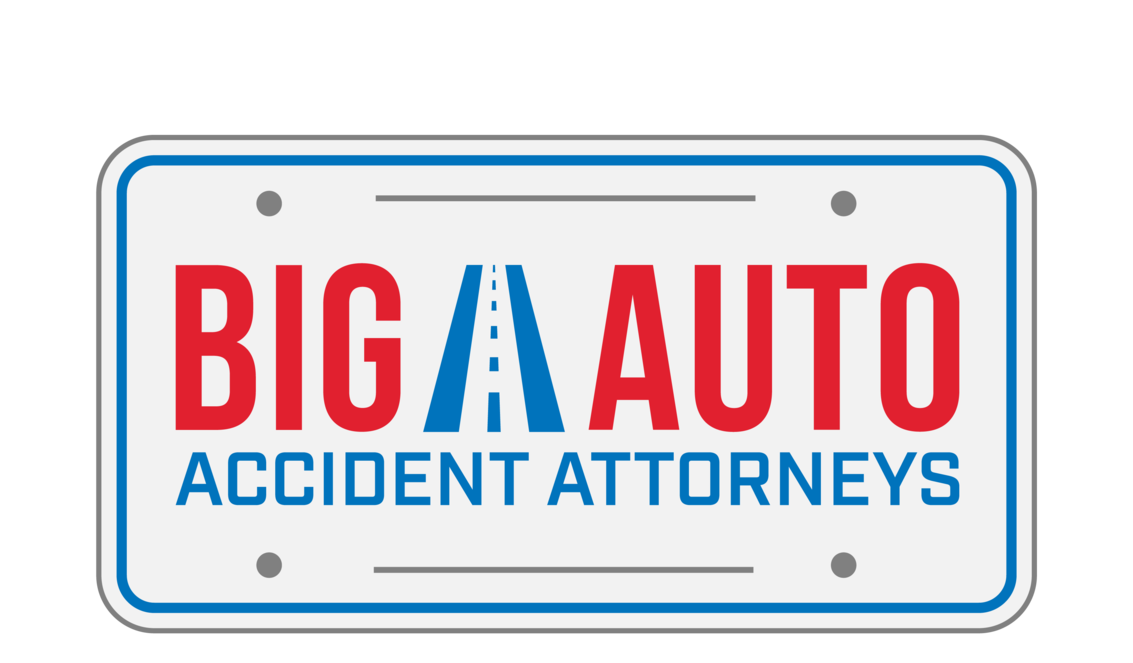Lyft Accident Lawyer Big Auto
FREE CASE REVIEW FREE CASE REVIEW ⟶YOUR NATIONAL TEAM
BIG AUTO has won MILLIONS for their clients
Have you ever wondered what happens if you get in an accident while driving your vehicle for Lyft or Uber? Have you recently been involved in an accident while riding as a passenger in a rideshare vehicle?
App-based ridesharing is a relatively new phenomenon, and legislation is still struggling to catch up with the times. Legal loopholes and gray areas have yet to close, and this puts both drivers and riders at undue risk. Here’s some information to help you protect yourself.
You Need Big Auto.

Your message has been sent
Thank you for contacting Big Auto, a representative will be in touch within 24 hours.
By clicking “submit” a visitor understands and agrees that sending information to the firm will not create an attorney/client relationship and may not be kept confidential. Information sent through this link will be used to check for conflicts and schedule a consultation. An attorney-client relationship is formed only when both a potential client and a lawyer with the firm both sign a fee agreement. By submitting your contact information, you agree that we may contact you by telephone (including text) and email in accordance with our Terms and Privacy Policy.
What to do after the accident
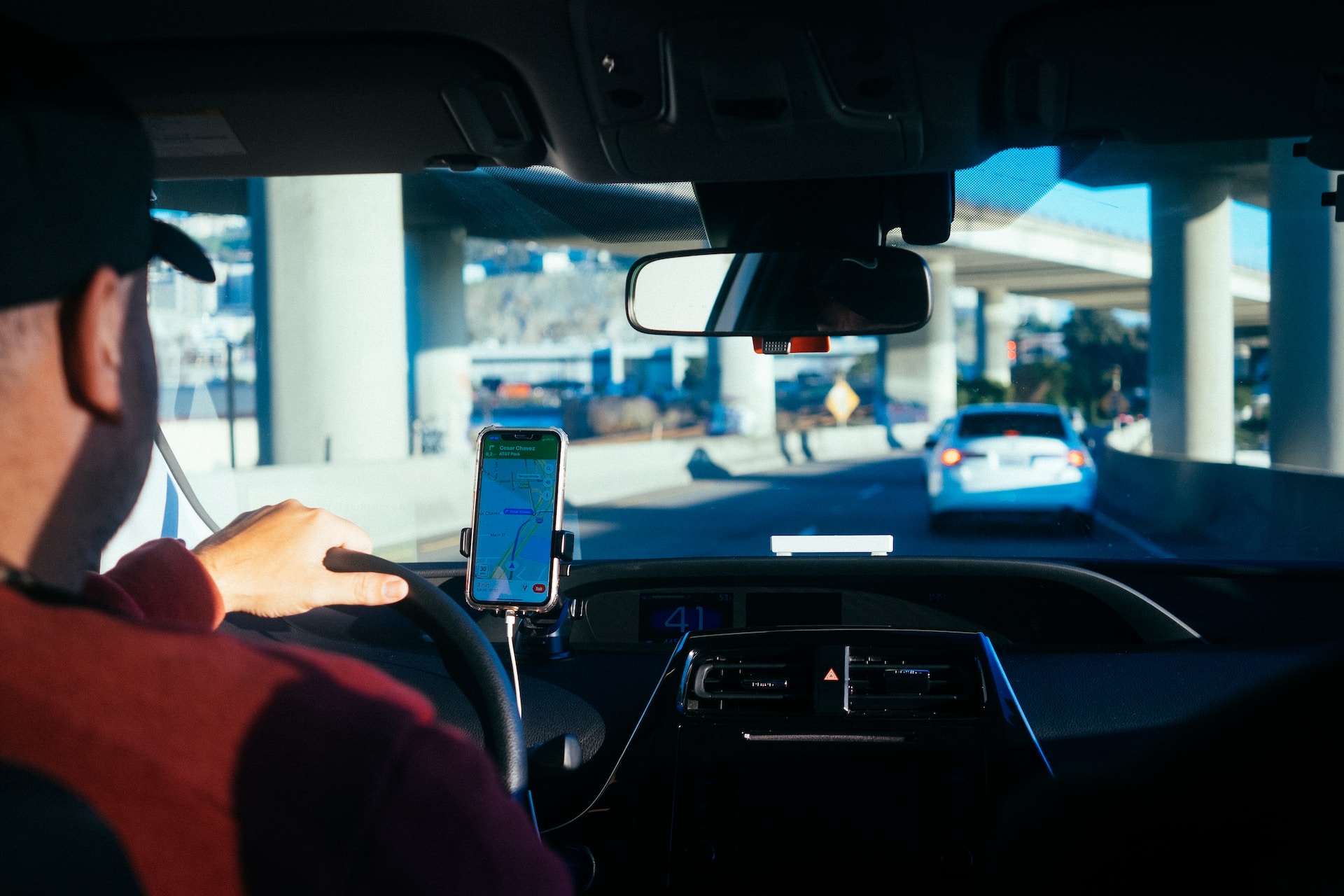

1 (844) BIG-AUTO
When Should You Call a Lyft Accident Lawyer?
If you’ve suffered a collision, you shouldn’t have to hesitate to treat your condition for fear of an impending payment. Even if you think you’ve fallen through a legal loophole, you may be entitled to protection you aren’t aware of.
To maximize your chances, contact an attorney as soon as you can after a rideshare accident. At Big Auto, we tackle tough vehicle cases and get you the support you need during your difficult time.
To learn more about your rights after an accident, call us today at 1 (844) BIG-AUTO
How much does it cost to start my case?
If we don’t win, your case is free. When we take on your case, we’re confident we can obtain a recovery you’re entitled to. In fact, we won’t charge you anything if we don’t win for you.
FREE CASE REVIEW FREE CASE REVIEW ⟶Case Type FAQ
What Are Ridesharing Platforms?
How Safe Are Uber and Lyft?
How Do Lyft and Uber Handle Insurance?
What Should You Do if You Don’t Understand Your Rideshare Coverage?
Should You Get Rideshare Insurance?
What Happens After An Accident?
How Can You Get Compensation if All Involved Insurance Companies Deny Your Claim?
What Are Ridesharing Platforms?
A ridesharing service is a disruptive alternative to a traditional taxi. In the past, passengers looking for paid, private transportation needed to prearrange a ride through a scheduled appointment, except where taxis were common enough to be hailed on the street.
Today, travelers can easily log onto smartphone applications paired with a GPS receiver and hail personal cabs at their convenience. This unprecedented convenience has ushered a new era of transportation, but it has also created legal confusion and consumer risks.
In the United States, between 1.5 and 2 million drivers offer their vehicles as a cab at least some of the time. Uber and Lyft are currently the two most popular ridesharing companies, and many drivers work for both companies.
It’s tough to say exactly how many work for each, as neither shares its drivers’ personal data, but it’s safe to say both companies have already amassed immense profits over a short period of market dominance. In 2021, Uber generated over 17 billion in revenue worldwide, giving it an overall valuation of many tens of billions.
Naturally, with so much capital, it has plenty of resources with which to iron out liability problems and safety concerns. Sadly, some argue that rideshare companies aren’t doing nearly enough.
How Safe Are Uber and Lyft?
Each year, millions of app users ride Uber and Lyft vehicles. In 2021, 93 million users were active on Uber each month, resulting in billions of trips over the whole year. Of course, with this much driving comes a near certainty of serious accidents.
Here’s some of the data Uber published in 2019 on fatal incidents that occurred between 2017 and 2018:
- Uber vehicles were involved in 97 fatal events, causing 107 deaths.
- 21% of the victims were riders, while a similar proportion were professional drivers. The rest were vehicle occupants, pedestrians, or cyclists.
- 67% of victims were in a motor vehicle at the time of death.
- 29% of fatal incidents involved a third party who was intoxicated at the time.
Given the total number of Uber drivers on the road, this might not seem excessive. And it isn’t; the reported fatalities were approximately half of the national average. But the company’s dubious definition of a “related crash” may explain this apparent stellar record away.
Since Uber only counted incidents in which a driver was currently shuttling a passenger in the vehicle, it discounted all of the “deadheading” time in transit to a pickup point or popular taxi area.
This may well constitute half or more of the overall time drivers spent on the road. If the data had included the fatalities that happened while deadheading, the total might have been equal to or even greater than the national average. Unfortunately, we’ll likely never know.
Of course, nonfatal incidents can also cause serious harm and distress, and the ridesharing platform chose not to include these statistics in its report. Why? A spokesperson for the study explained that such data were difficult to define and compile. Since certain very minor events might qualify as accidents, they could skew the data.
The app makers appear to have been somewhat more forthright about the platform’s concerning history of sexual and physical assaults. In a newer, somewhat less detailed 2020 report, 998 people alleged sexual assaults to have occurred in an Uber vehicle. The large majority of alleged sexual assault victims (92%) were passengers, while fatal physical assault victims were split between riders and drivers.
Though these incidents occurred relatively rarely, even compared with traditional taxi services, ridesharing services have rightfully come under public scrutiny for neglecting to institute basic safety measures.
In response to the criticism it received over both roadway and interpersonal incidents, Uber has updated its safety measures, emphasizing its rigorous background vetting process and safety features. The company reported that:
- It barred approximately 76% of prospective drivers because their motor vehicle records contained unacceptable blemishes.
- It barred over a million applicants because they did not pass a background check.
- It implemented a continuous background check to discharge riders who commit criminal acts.
- It updated its app to include a 911 emergency button, consumer anonymity, and speeding alerts.
But no matter the safety measures, accidents are bound to occur. And since ridesharing companies are known for obscuring their data, it might not surprise you that they tend to do the same with their collision coverage.
How Do Lyft and Uber Handle Insurance?
To operate legally in the United States, ridesharing businesses have to offer their drivers insurance. This is because many traditional car insurance agencies won’t cover contract drivers if they get in an accident while working on an app. The many extra hours of driving professionals regularly do significantly increase risk, and insurance providers simply don’t want to take on risk without compensation.
Similarly, cybercab providers don’t cover workers involved in collisions that occurred outside of professional driving hours, since this means more risk for them. Unfortunately, this can leave some motorists with a concerning gap in coverage.
Big businesses can be expected to avoid unnecessary costs, but where does this leave you if you’ve been involved in a collision with or as a professional driver?
In many cases, the drivers’ regular motor vehicle insurance is considered the primary insurance, whereas ridesharing platforms’ policies are regarded as secondary.
So how do you know whether you’re covered by one or the other? The answer, naturally, is complicated, and each situation is different.
According to both rideshare apps’ insurance pages, driver coverage varies based on the status of the app at the time of an incident. In other words, whether the app is:
- Off
- On and waiting for a ride request
- On and picking up passengers or driving
When the app is off, traditional coverage generally applies. When it’s in a waiting status, Lyft and Uber may cover what your regular insurance doesn’t. If you’re picking up a passenger, you may receive significant coverage, including uninsured motorist coverage that protects you if another driver doesn’t have insurance. Unfortunately, you may also find yourself subject to a nasty 2,500-dollar deductible.
Because coverage varies based on your state, it’s impossible to predict how much, if any, compensation you’ll receive after a collision. Some states, such as California, tend to require better protection for drivers, while others, such as Arizona offer less.
What Happens After An Accident?
Motor vehicle accidents are serious matters, and even low-speed collisions can result in serious bodily injury and property damage. Common injuries from automobile mishaps include:
- Concussions
- Spinal trauma
- Broken bones
- Neck injuries
- Internal damage
These injuries can result in months of recovery and cost many thousands in medical bills. Sometimes, such events are life-changing, resulting in permanent disability. The lingering pain and impairment of a collision can cause distress and require time-consuming physical therapy.
After an accident, smart motorists usually collect as much evidence as possible. This means taking pictures, compiling medical records, gathering information from witnesses, and calling the police to file a report. Generally, the more information, the better.
How Can You Get Compensation if All Involved Insurance Companies Deny Your Claim?
Car collisions are complex legal cases that involve many parties. Only a lawyer can tell you if you may benefit from certain aspects of your case.
Sometimes, for example, rideshare companies must offer greater coverage if the accident is another party’s fault. But determining fault is rarely cut and dry, and you can be sure that the other team will try to evade responsibility.
A knowledgeable attorney can compile and present evidence to create a compelling case that you weren’t responsible for your crash. This may include evidence of:
- Reckless behavior
- Alcohol intoxication
- Drowsy driving
- Improper inspection
- Road rage
In cases involving commercial vehicles, pedestrians, or more than one vehicle, finding evidence can be extremely complicated. Without experience, you may not know where to look. Worse, you’ll likely be occupied with medical or automotive troubles.
Fighting for compensation can seem frustrating or unjust, but the legal system is designed to give you a fair chance to present your case. When you lawyer up, you stack the odds in your favor.
Other Cases We Handle
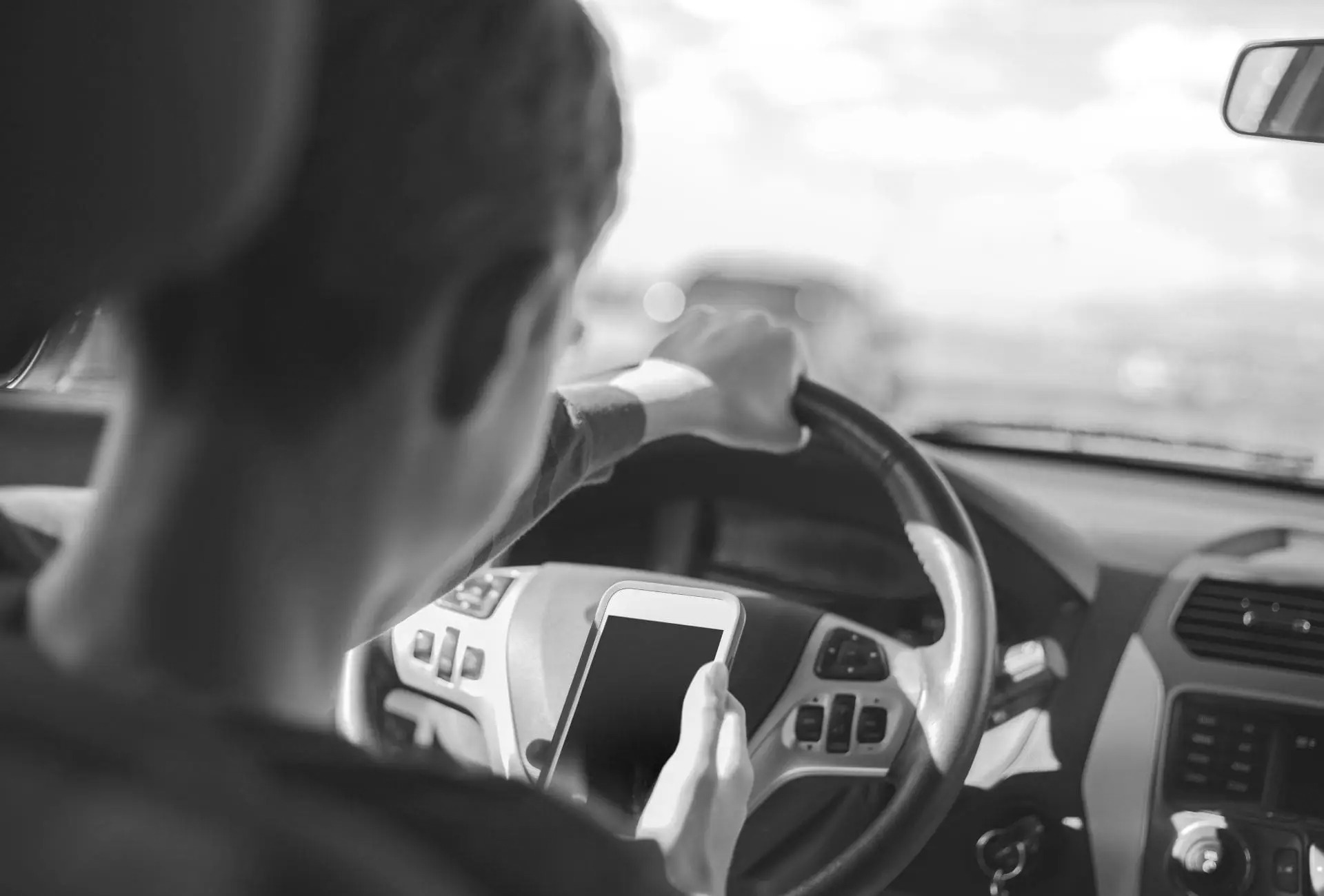 Learn more about Big Auto distracted driving accident cases.
➙
Learn more about Big Auto distracted driving accident cases.
➙
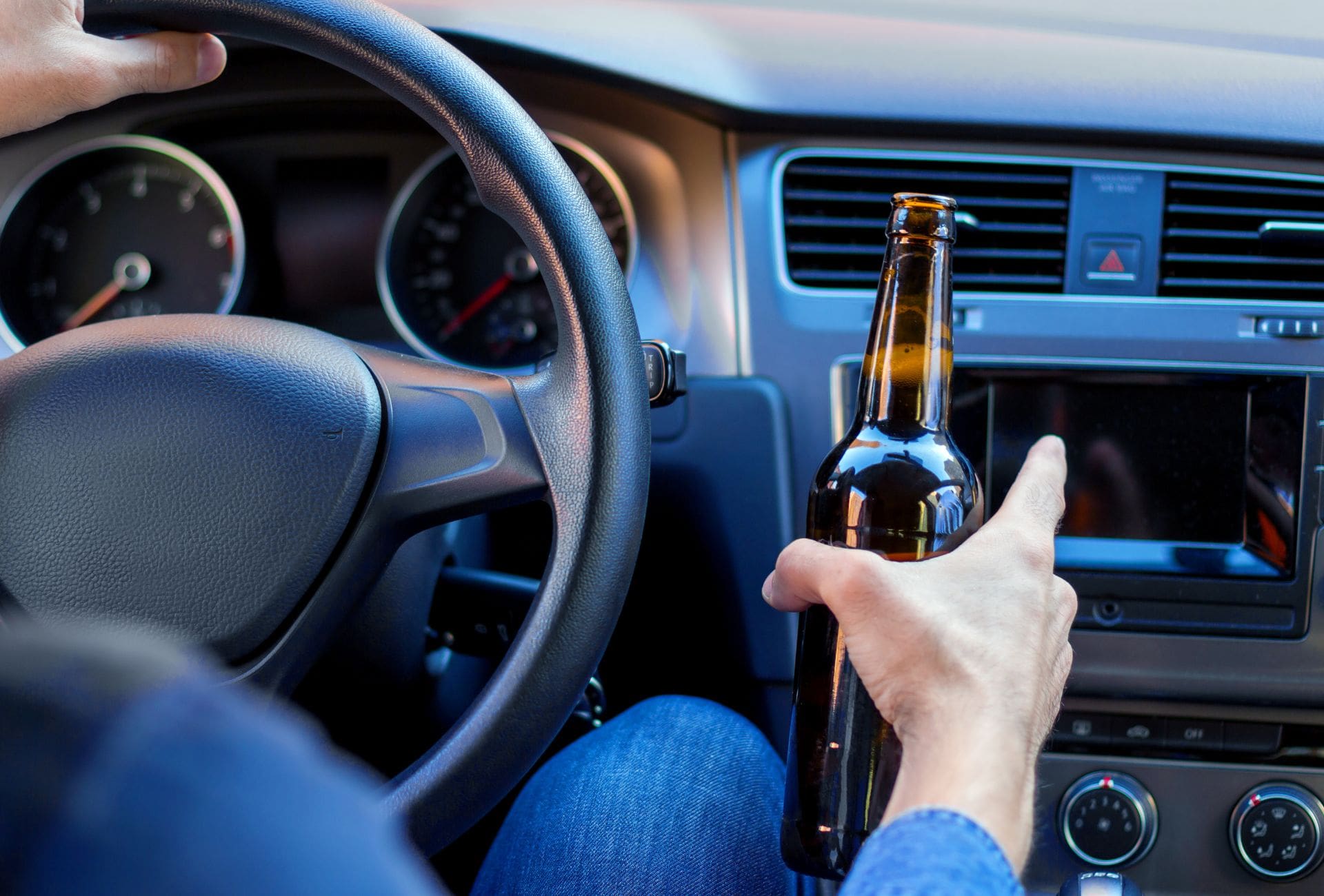 Learn more about Big Auto drunk driving accident cases.
➙
Learn more about Big Auto drunk driving accident cases.
➙
 Learn more about Big Auto motorcycle accident cases.
➙
Learn more about Big Auto motorcycle accident cases.
➙
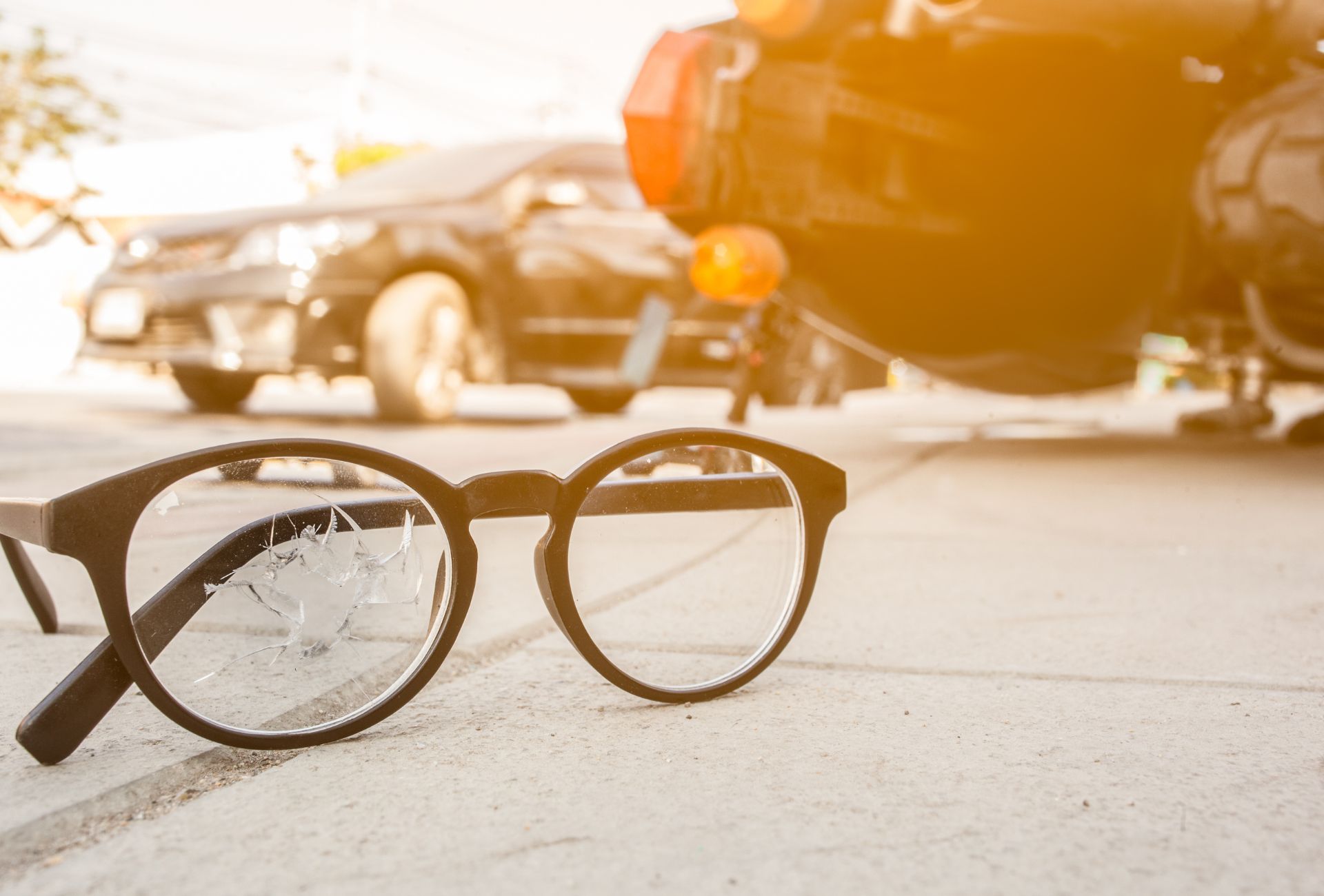 Learn more about Big Auto hit and run accident cases.
➙
Learn more about Big Auto hit and run accident cases.
➙
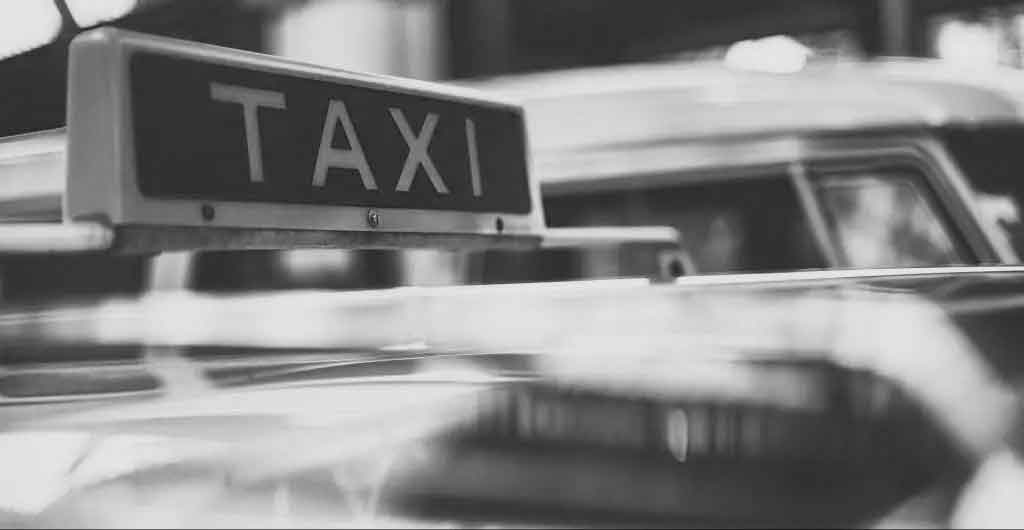 Learn more about Big Auto taxi accident cases.
➙
Learn more about Big Auto taxi accident cases.
➙

